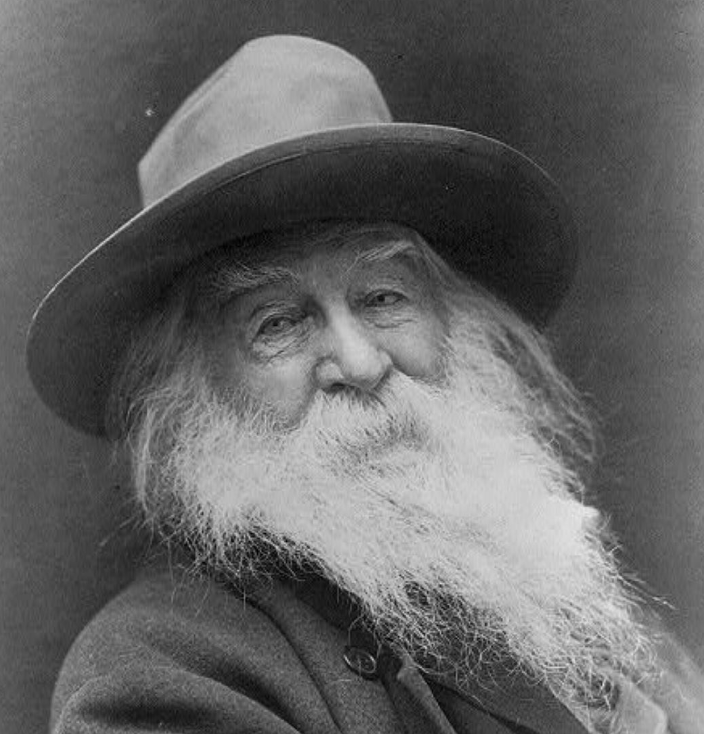Now, I know what you’re thinking. “Best thing? Is this guy for real?” Let me tell you, I’m as real as the shiner you get from walking into a door. And equally illuminating. Here’s why failing is the secret sauce to success and why it’s time we start seeing failure as a mentor dressed in wolf’s clothing.
First off, failure is an excellent teacher – albeit a slightly sadistic one. It’s like that strict math teacher who never let you use a calculator. It was tough, and fractions were the bane of your existence, but when you finally got the hang of it, it felt like a eureka moment. Failure makes success taste sweeter, kind of like how you appreciate warm sunny days after a cold winter.
Moreover, failure is the universe’s way of saying, “Wrong way, Einstein.” It’s like a cosmic GPS that redirects you when you’re heading down a dead-end. So, you didn’t land your dream job? Perhaps it’s the world nudging you towards your real passion – interpretive dance or competitive cheese rolling. Who knows? The world works in mysterious ways.
Let’s not forget that some of the most successful people in history were well-acquainted with failure. Take Thomas Edison, for instance. He failed a thousand times before he invented the light bulb. And when asked about his failures, he brilliantly quipped, “I have not failed. I’ve just found 10,000 ways that won’t work.” Now, there’s a guy who knew how to two-step with failure!
On a less historical note, consider this: every time you fall flat on your face, you’re one step closer to tripping over success. Or as I like to say, “I’m not clumsy; I’m unexpectedly gravity-friendly. And each time gravity and I become pals, I get back up stronger.”
So, the next time you stumble, take a moment to high-five failure. Thank it for the lessons, the redirection, and the humility it brings. Remember, a diamond is just a piece of coal that handled stress exceptionally well, and so are you. Don’t be afraid to flirt with failure, because when you dance with disaster, you’re just a twirl away from triumph.
Failure isn’t the monster under your bed; it’s the fairy godmother of success in a slightly scary mask. So embrace it, learn from it, and most importantly, laugh with it. After all, failure might just be the best thing that ever happens to you.
More on Mastering Failure





